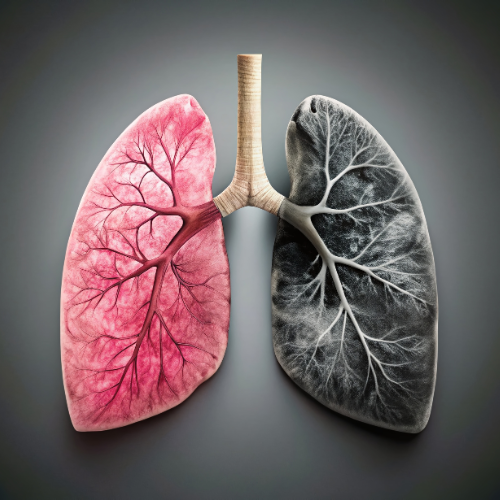
Understanding Cosentino Group and C&C North America: A Story of Growth and Controversy
February 4, 2024
Early Shadows of Silicosis: Cosentino and Silestone
February 6, 2024Blog

Cosentino's 1999 Silestone® Material Safety Data Sheet: Alleged Deficiencies and Misleading Information
Missing Hazard Disclosure:
The 1999 Material Safety Data Sheet (MSDS) for Cosentino's Silestone® product raises concerns about a potential lack of transparency regarding its hazardous components. Notably, Section 2, dedicated to hazardous ingredients, is completely blank despite the product containing up to 95% crystalline silica, a well-documented cause of silicosis, lung cancer, and other occupational diseases. This omission allegedly kept customers, employees, and workers exposed to Silestone unaware of the significant health risks involved.
Inadequate Personal Protective Equipment Recommendations:
While Section 7 advises using a "respirator or particulate mask" while cutting or abrading Silestone, this guidance is deemed insufficient and potentially harmful. Experts consider air-purifying respirators and particulate masks inadequate to prevent silicosis from such activities. This instruction could have misled workers into a false sense of security, potentially exposing them to dangerous levels of respirable crystalline silica dust.
Misleading Reference to Engineering Controls:
The MSDS's reference to "ASTME-1132-86 Standard Practice for Health Requirements Relating to Occupational Exposure to Dust" is criticized for being ineffective and inaccessible. This standard, not readily available and focused on general industrial dust (nuisance dust) rather than the specific risks of respirable crystalline silica, provided little practical guidance for preventing silicosis.
Vague Handling Instructions:
Section 7's advice to "observe local safe handling procedures" and "handle with care" is deemed completely inadequate and meaningless. It fails to provide essential practical recommendations, such as using wet processing methods, wearing an air-supplied respirator, and employing comprehensive engineering, ventilation, and administrative controls to minimize dust exposure and prevent silicosis.
Misstatement Regarding Carcinogenicity:
Surprisingly, Section 8 inaccurately states that the International Agency for Research on Cancer (IARC) considers crystalline silica a probable carcinogen. This contradicts IARC's 1997 classification of crystalline silica as a Group 1 (known human) carcinogen, highlighting another potential discrepancy in the MSDS information.
Overall, the alleged deficiencies and misleading information in Cosentino's 1999 Silestone® MSDS raise serious concerns about the company's transparency and commitment to worker safety. These claims should be thoroughly investigated and addressed to ensure the proper protection of individuals working with or exposed to this potentially hazardous material.


